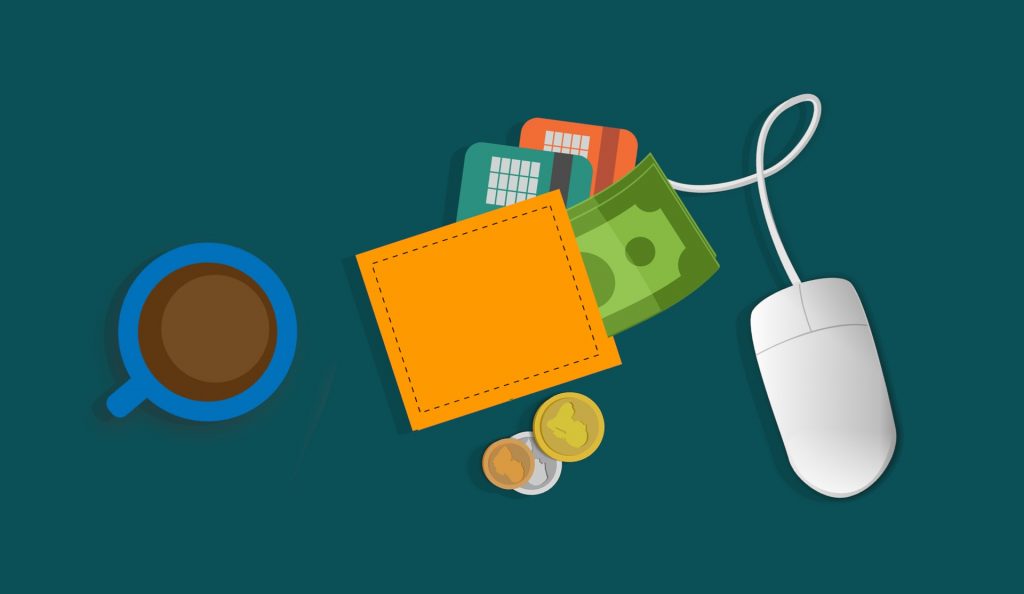For new subscribers or readers who may not have been paying close attention, check usage among U.S. businesses lost some popularity after work from home policies were implemented starting in March/April 2020.
We only have some varied survey data touching here and there on the subject, as well as anecdotal evidence, but would venture to estimate a 5-10% YoY reduction in checks for accounts payable use cases, which may be the new normal as businesses continue to invest in cash cycle automation. This referenced piece is posted in CPA Practice Advisor and was written by the CEO of a payments fintech.
‘Given the choice, accounts payable professionals would make the move to digital payment solutions. And those who already have are quite pleased with the decision. Around three-quarters report being “very” or “extremely satisfied” with digital wallets, and almost 70% feel the same about e-payables. When it comes to paper checks, however, that satisfaction rate dips to 63.5%…With ongoing digital transformation in the finance industry, it’s no wonder paper checks have fallen out of favor. At the same time, the pandemic has only served to solidify this preference: Despite stay-at-home orders, companies without digital payment infrastructures were left with no other choice than to send employees into the office to open mail, send invoices, and deposit checks — a risky ask that could have been avoided.’
We just released member research on the topic of business cash cycle automation, which is actually a fairly long-term trend, but received a real boost in interest during 2020. Generally speaking, companies that have adopted some level of automation in financial operations have done so in a surgical way, installing digital solutions to fix a particular issue.
The more effective way to effect lasting and effective change is to look at the big picture and see how to make the end-to-end process more connected and rational. The often forgotten benefit is the value-add from usable data, which can then be optimized by the growing use of RPA and machine learning. Companies that are not thinking about this will eventually be looking at competitor exhaust fumes, most specifically in the effectiveness of cash flow and cost of capital. Worth a quick read as a reminder.
‘Cost savings is often the most noticeable benefit of moving to a paperless AP system. You no longer have to pay for checks, envelopes, and stamps, nor are you devoting precious hours tracking down signatures and managing the paper check process. Going paperless streamlines the entire workflow….Moving toward AP automation also has a way of increasing visibility, thereby establishing greater payment controls for companies. Real-time insights into payments are just a few clicks away, providing a glimpse into the payor-payee transaction history and helping to identify and reduce the number of missing or bounced checks — a time-consuming task endemic to a manual AP process.’
Overview by Steve Murphy, Director, Commercial and Enterprise Payments Advisory Service at Mercator Advisory Group
